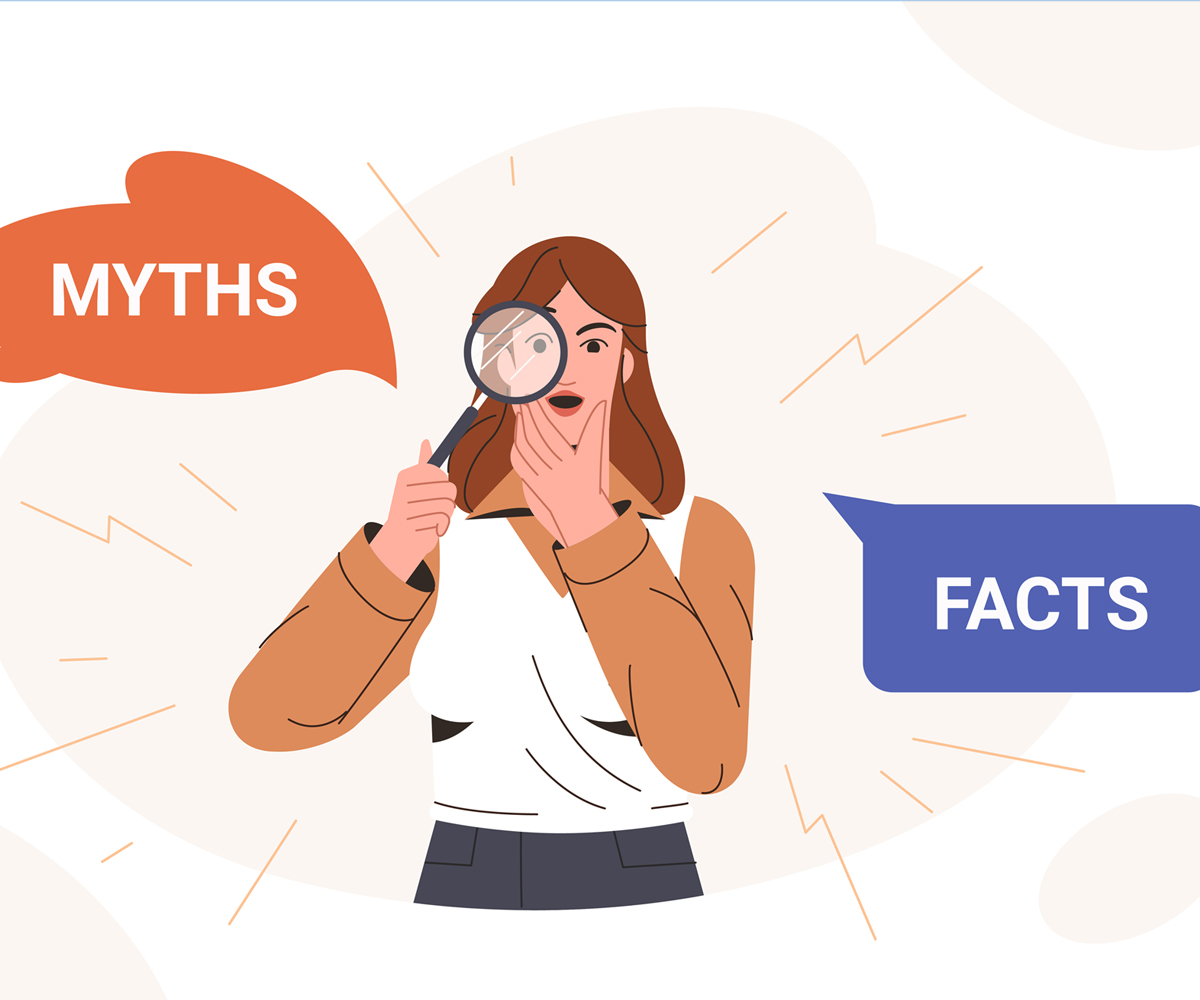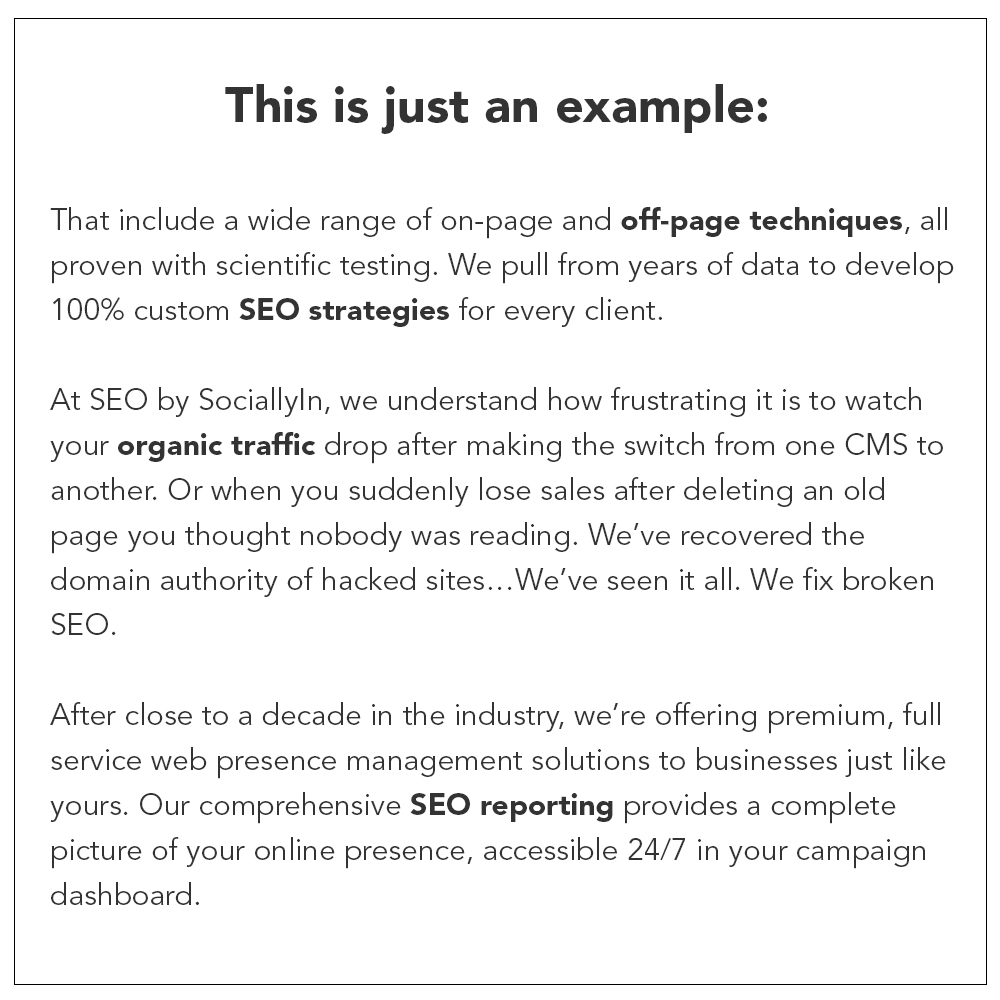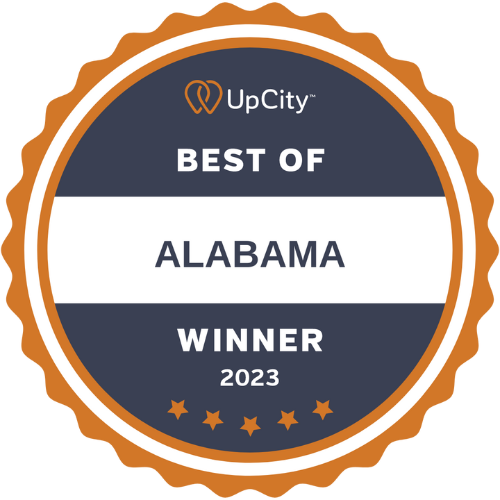Does Bolding Keywords Help SEO?
Today we’re taking a look at a question that’s almost as old as Google. Will making text bold help a page rank better for the keywords within the bold text?

As with any search engine optimization question, the internet is full of opinions. So, how do you separate fact from fiction if you’re just getting into this industry? Your options are to find a trusted source like our blog or test the results yourself on a live page and gather data. In your case, just keep reading and you’ll be a pro on this topic in 5 minutes!!!
Table of Contents
How Google Treats Bold Text as Important Content
To save you some time, here’s our short answer: Google treats bold text as important content and bolding keywords will help your SEO results when it’s done correctly. Here’s what John Mueller himself says on the topic if you’d prefer an answer straight from Google:
“So if you want to kind of like simplify it to one word answer, does bolding important points on a paragraph help the SEO, yes it does. It does help us to better understand that paragraph or that page.”
You can check out this video to see his full response:
SEO Tools that Indicate Google Treats Bold Tags Differently in Content
On the other hand, if you’re an SEO professional that’s skeptical of anything you read from an official Google source, it’s important to remember that most of the great on-page SEO tools out there also track the use of bold text.
Bold or Strong tags are indicated as a known ranking signal in Page Optimizer Pro and internally, we have tested this to death and proven it works.

The total number of bold tags versus competitor averages is important though, as is the keywords and related LSI or NLP terms that get included within that HTML tag on a page. After I explain testing procedures, I’ll help you understand how you can figure out those averages in 3 easy steps.
How to Test if Bold Text will Help SEO Results

The best way to know for sure if bolding important terms and phrases will help your SEO result is to test it on your own pages. To do this, you can run a single variable SEO test with the following simple methodology:
1. Identify the most important keyword or phrase you want to rank for
2. Find a page on your website that already ranks near the top 10 for this term
3. Insert HTML code around this target keyword to make it bold
4. Monitor changes in organic traffic and rankings for that keyword
To make sure your test is accurate
Avoid making any other changes to the page and don’t build any links during the testing period. You should also test several different pages and keywords to make sure your results are statistically significant.
Most likely, you’ll find that the majority of your keywords will improve within 15-30 days, while some may stay the same or actually decline. Assuming you controlled for other variables, this is your direct evidence that bolding helps SEO.
Learn how to make things [almost] always move in the direction you want them to
When you add bold HTML tags to a webpage it requires a little practice, but in the rest of this guide I’ll share many of our processes for getting consistent results.
How to Optimize Content by Bolding Text
Obviously, you can’t just make your entire content bold and expect it to rank better. Strong text is supposed to be reserved for the sections of your content that are of the utmost importance. The same applies for italic tags, which are also a ranking factor for Google.

How to get the best search engine optimization ranking
To get the very best search engine optimization ranking possible, you need to be aware of the bolded text on high-ranking competitor pages as you’re planning your content. Here’s how:

 Step 1 Check Google for Competitor Averages on the Total Count
Step 1 Check Google for Competitor Averages on the Total Count
Paid tools like Surfer SEO or CORA really make this task simple, but you can also do it manually if you don’t work for a marketing agency like ours with the budget for those subscriptions.
Simply go to Google and type in your target keyword. Open up the top 10 pages that are the most similar to yours and view their source code. You can use the keyboard command CTRL+F to identify all instances of <Strong> on the competitors page. Drop all those numbers in a sheet and run the averages. Now you’ll know the exact number of times your page should have one of those tags and you can update it accordingly.
Piece of cake, huh?
Of course, you can have a little more or less so that your content formats well and makes sense to the reader, but try to get close to that average and you’ll see a positive affect on your Google ranking.
Just be sure to review the next two steps first so that your keyword counts are right.
 Step 2 Identify Primary Keywords in Competitor Averages
Step 2 Identify Primary Keywords in Competitor Averages
Keep those competitor pages open, because your next move is to look for your keywords within their bolded sections. It really helps to have a tool for this, but you can also use the find feature in your browser here to search for the specific words you want to rank for.

It’s important to note that having a few more instances of your primary keyword than your competitors will probably be just fine, but having less means you’re underoptimized for this ranking signal and beating their SEO will be difficult.
One final note on this. I think it’s tempting for newer SEOs to go overboard with the addition of keywords in headings and bold sections but for almost every page I find that’s ranking well on Google, there’s usually only 1-3 instances of the primary keyword contained within bold text.
Start slow and think through all the possible signals that will be altered when you add keywords.
An SEO changelog can be very useful in tracking how Google responds to your optimizations over time.
 Step 3 Find the Related Words and Phrases in Competitor Content
Step 3 Find the Related Words and Phrases in Competitor Content
The last thing you’ll want to check for are related words and phrases your competitors include in their bold text. This can be very difficult without tools used to identify the common ‘entities’ that Google associates with your topic.
Fortunately, there’s a whole slew of those out there like Frase, Market Brew and SEO Scout. Plus, many of them offer free versions that will get you by if you only work on a few pages a month.
Use your primary keyword to identify a good list of related words
See if any of them appear in the bold sections of your competitor’s content. If they do, that’s a good sign that Google might reward you for making a few quick edits to your page.
Some Final Thoughts on Bolding Content
Does bold text help SEO? Absolutely, but I do think that where it appears on a page and how you go about adding it does matter a lot more than most marketing teams realize. This can be especially true when someone uses HTML tags to change the text styling on a page.
I often find pages with far too many bold or heading tags in relation to competitor averages, simply because a developer used them to meet a client’s design requirements. Unless you know a lot about correlational SEO, it’s best to use CSS for those considerations and be strategic with the use of any HTML tags that are known ranking factors in Google.
So what are your thoughts? We’d love to hear from you in the comments below, and be sure to follow Webology on social media to keep up with all our latest content.




 Step 1 Check Google for Competitor Averages on the Total Count
Step 1 Check Google for Competitor Averages on the Total Count Step 2 Identify Primary Keywords in Competitor Averages
Step 2 Identify Primary Keywords in Competitor Averages Step 3 Find the Related Words and Phrases in Competitor Content
Step 3 Find the Related Words and Phrases in Competitor Content




